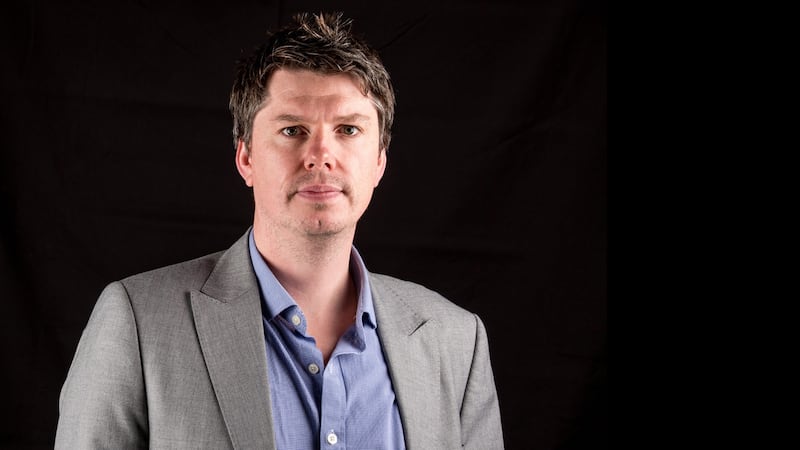An implantable stimulator device that combines with the human body's biological power to treat disease, tendon damage and sports injuries has been developed by scientists in NUI Galway.
The simple act of walking powers the device and speeds up treatment. The breakthrough could lead to a range of new stimulator devices that enable control of musculoskeletal tissue regeneration without use of drugs or external stimulation.
Severe tendon injuries resulting from athletic or repetitive activity affect more than 100 million adults globally every year and place a big burden on healthcare systems estimated at more than $2 billion, while post-surgery complications result in nearly one million additional days of inpatient care each year.
The breakthrough has been made by researchers at CÚRAM, the Science Foundation Ireland (SFI) research centre for medical devices based at NUIG. The results have been published in the journal Advanced Materials.
Lead researcher Dr Manus Biggs said: "One of the most exciting parts of our study is that these implantable devices may be tailored to individual patients or disorders and may show promise in accelerating the repair of sport-related tendon injuries, particularly in athletes."
The study investigated whether electrical therapy coupled with exercise would show promise in treating tendon disease or ruptures. It showed tendon cell function and repair can be controlled through electrical stimulation from an implantable device powered by body movement.

Team member Dr Marc Fernandez said successful treatment of tendon damage and disease represents a critical medical challenge.
“Our discovery shows that an electrical charge is produced in the treatment target area – the damaged or injured tendon – when the implanted device is stretched during walking. The potential gamechanger here is like a power switch in a cell – the electrical stimulus turns on tendon-specific regenerative processes in the damaged tendon,” he explained.
The stimulator device uses a fabric like mesh, known as a piezoelectric material, that produces electricity when stretched or put under mechanical pressure. It is made using a scaffold of nano-fibres which are one-thousandth of the thickness of a human hair.
Dr Fernandez added: “Importantly, our research improved the therapeutic performance of the device by enhancing its structure, piezoelectric characteristics, and biological compatibility. We also evaluated the individual influence of mechanical, structural, and electrical cues on tendon cell function and were able to show that bioelectric cues contribute significantly in promoting tendon repair.”
This unique strategy of combining a device which is powered through body movement and which can induce accelerated tendon healing is expected to significantly impact the field of regenerative devices, specifically in the area of sports or trauma associated injuries, Dr Biggs said.
“These devices are cost-effective, relatively easy to implant and may pave the way for a whole new class of regenerative electrical therapies,” he noted.
They are currently being used to treat tendon tears and ruptures, but he believed they could be deployed with tendonitis or, for instance, rotator cuff injuries.
Ideally, the stimulator will be left in situ if shown to be inert, or will be absorbed in the body over time, he noted.
Dr Biggs said the next steps would involve a large animal study and evaluation of its potential path to commercialisation with a view it being routinely available within five years.
CÚRAM, which is funded by SFI, focuses on developing diagnostic devices, biomedical implants, cell-device and drug-device “combination products” to address unmet clinical needs.
SFI announced a €46 million investment in CÚRAM earlier this year, part of the Government's commitment to expanding medtech in Ireland, while supporting continuation of academic, industry and clinical collaborations being undertaken by the NUIG facility.














